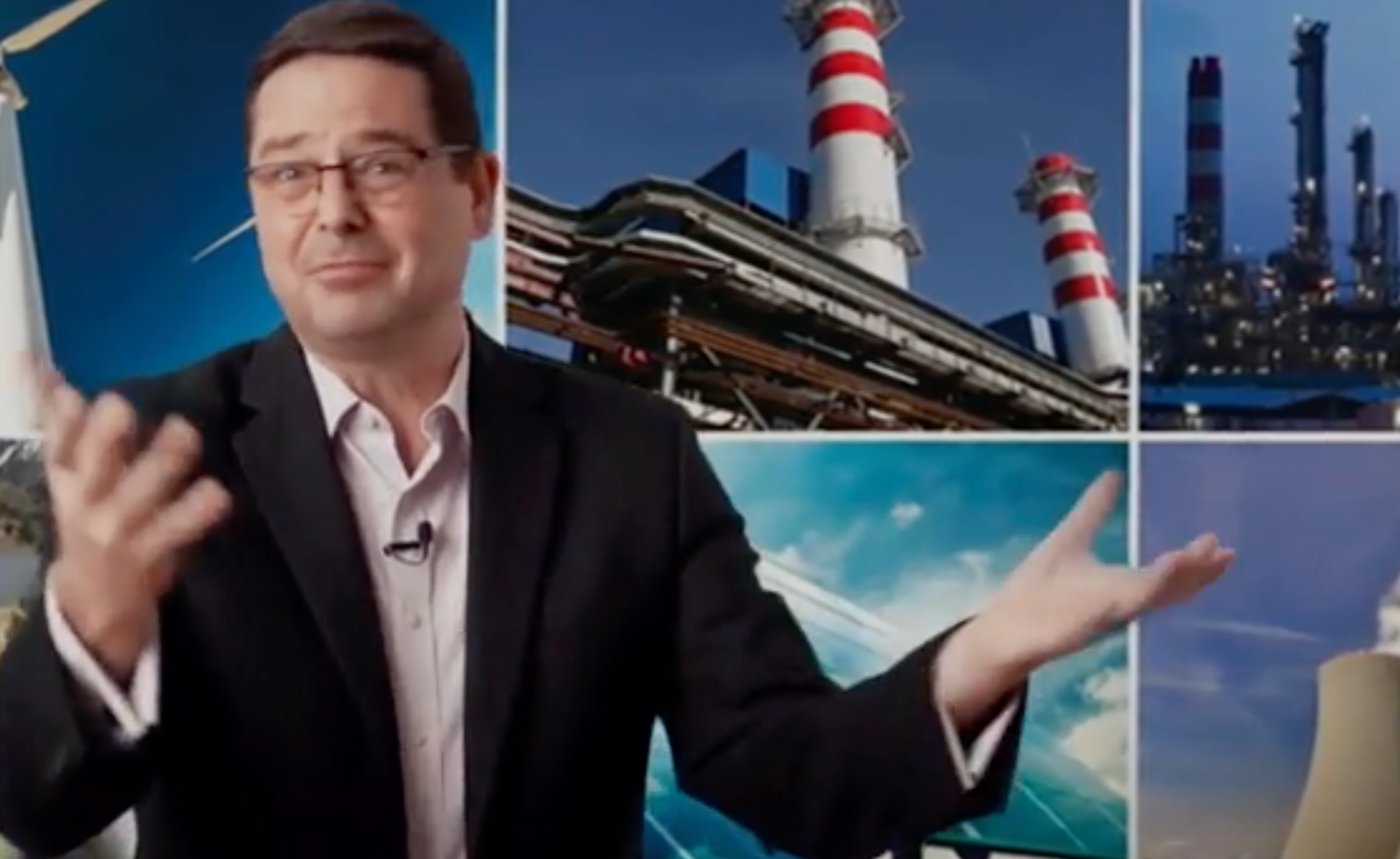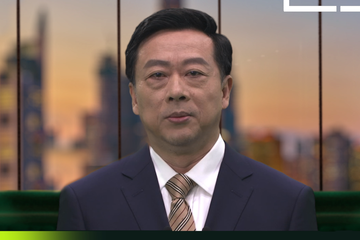Navigating the future in the 2020s and beyond

Mr. Codrington was excited about how COVID restrictions have forced us to change many things in our business operations. He proposed that, if we keep up the same urgent and creative thinking, then we will be able to transform a lot more for the better.
He cited a recent analysis by McKinsey & Company suggesting that digital transformation has been accelerated by seven years in the last seven months. He supported this with a couple of simple examples:
- A huge mining company’s IT department ended years of procrastination by implementing a smart-contracting system in less than four days when faced with COVID lockdown
- Tele-medicine is now common and comfortably accepted for most appointments with family doctors and specialists alike
“But it’s not just about accelerating some of the technologies that we’ve already had in mind,” he said. “There are mindset shifts taking place.”
He called COVID a dress rehearsal, and encouraged us all to use the crisis to learn how to deal with disruption so we can better tackle all of the other disruptors coming our way in the 2020s. Adaptability, he said, isn’t an off-the-shelf solution. In fact, “it has to emerge from within your culture, from within your organization in order to become authentically adaptable.”
He feels the first opportunity for the next decade will be to expand thinking about innovation not just in terms of products, services, and new channels to market—but to innovate the very core our businesses.
A lasting legacy of COVID is going to be “a dramatic shift in people’s mindsets and expectations around business travel, around commuting.” He said it will have an impact on where people live and how they choose to engage with transportation, which will in turn have an impact on energy demand. He said there are two key things to think about regarding the “work from home” change:
- When people finally come back to the office after COVID, we should find out what they’d missed about office life and reshape the work experience to give them more of it
- Working from home or anywhere was about a lot more than geographic location. It’s actually about time and productivity. Mr. Codrington said we need to “move towards an understanding of an outputs-driven workplace where we’re not asking people how many hours did you work? We’re asking them, did you do the job?” He said this can change how we engage with people, how we motivate, measure, and reward them. Even deeper than that, with geography out of the equation, both employers and employees can cast wider nets for opportunities, which will impact talent access, renumeration strategies, and the overall management/work experience
“Another of COVID’s lasting legacies is going to be to get a lot more people’s input into what this looks like. We need to embrace difference and differences of opinion and approaches to all of this. Rethinking and redefining can’t just be top-down.” Mr. Codrington proposed that, to be more adaptable organizations, we need to distribute decision-making. He said hierarchical organizations “are fantastic for productivity, efficiency, and everybody doing it exactly the same way every time.” But if everything around us is changing, we need our teams to engage with that change, the “we need to find ways to distribute decision-making—or maybe put a different way, we need to align authority and responsibility more carefully and more closely.”
In closing, he talked of the late Peter Drucker’s ideas on turbulence, saying that if the turbulence could change the rules of success and failure, then the greatest danger is trying to face tomorrow’s world using yesterday’s logic.
“I think that’s where we find ourselves in 2021,” said Mr. Codrington, “in a dangerous place.” He believes today’s CEOs have an opportunity now not just to increase speed, efficiency, and productivity, and get 2020’s plans back on track—but to “do something remarkable in 2021.”



